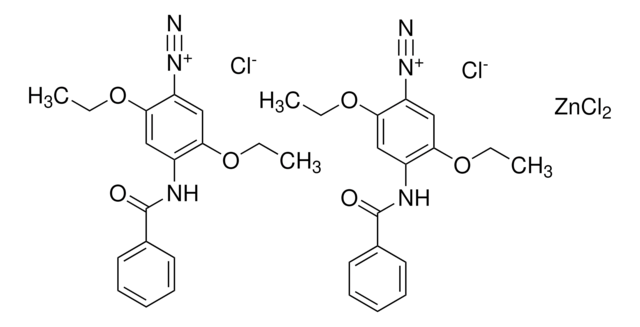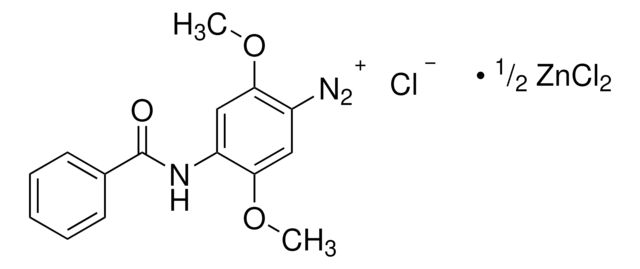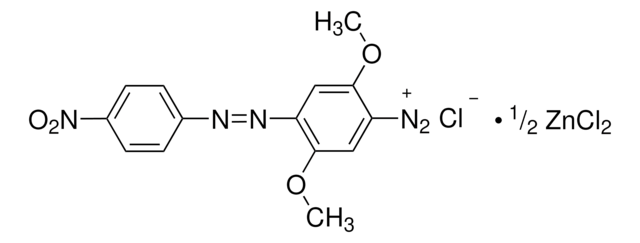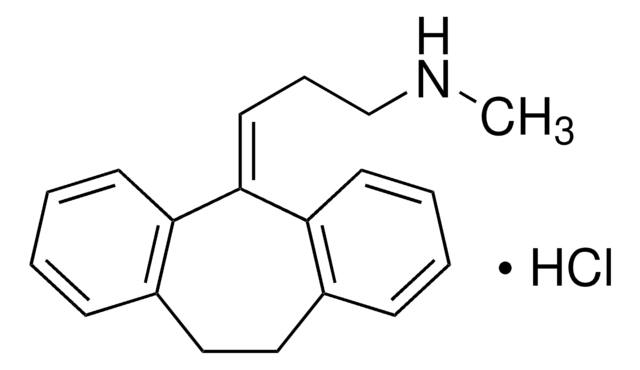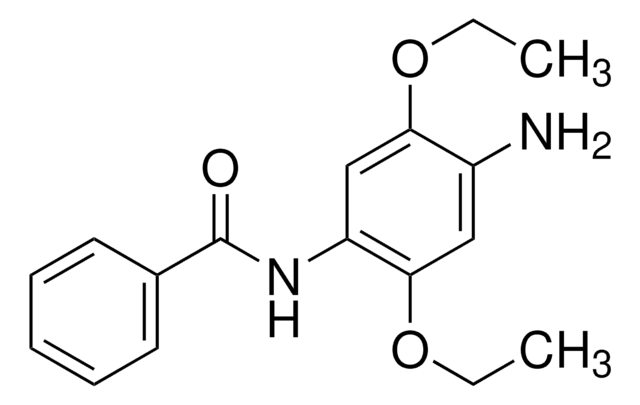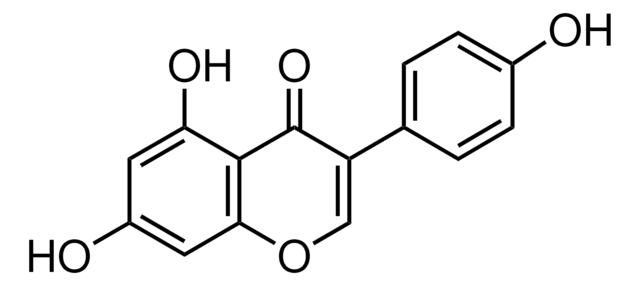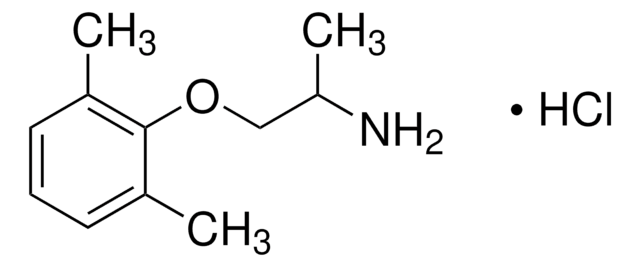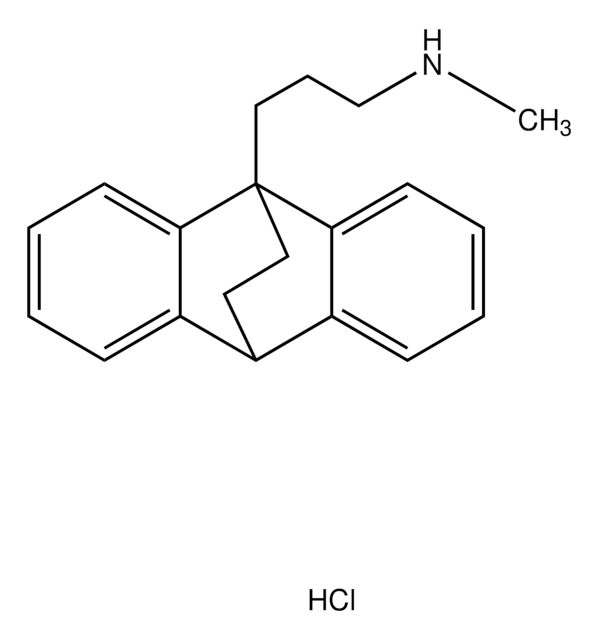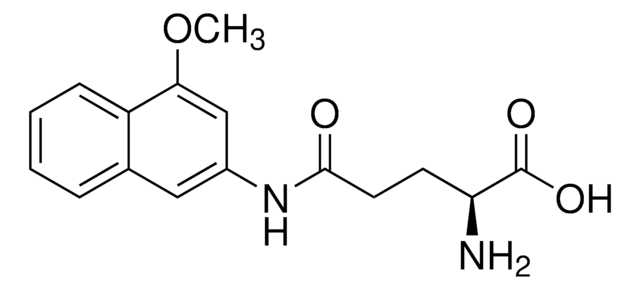F3378
Fast Blue BB Salt hemi(zinc chloride) salt
Dye content ≥80 %, Powder
Synonym(s):
4-Amino-2,5-diethoxybenzanilide diazotated zinc double salt, 4-Benzoylamino-2,5-diethoxybenzenediazonium chloride hemi(zinc chloride) salt
About This Item
Recommended Products
Product Name
Fast Blue BB Salt hemi(zinc chloride) salt, Dye content ≥80 %
form
powder
Quality Level
composition
Dye content, ≥80%
technique(s)
microbe id | staining: suitable
mp
157 °C
solubility
H2O: 10 mg/mL
application(s)
diagnostic assay manufacturing
hematology
histology
storage temp.
−20°C
SMILES string
[Cl-].[Cl-].Cl[Zn]Cl.CCOc1cc([N+]#N)c(OCC)cc1NC(=O)c2ccccc2.CCOc3cc([N+]#N)c(OCC)cc3NC(=O)c4ccccc4
InChI
1S/2C17H17N3O3.4ClH.Zn/c2*1-3-22-15-11-14(20-18)16(23-4-2)10-13(15)19-17(21)12-8-6-5-7-9-12;;;;;/h2*5-11H,3-4H2,1-2H3;4*1H;/q;;;;;;+2/p-2
InChI key
CMFRFQODFZBKTI-UHFFFAOYSA-L
Looking for similar products? Visit Product Comparison Guide
General description
Application
Preparation Note
Signal Word
Warning
Hazard Statements
Precautionary Statements
Hazard Classifications
Acute Tox. 4 Oral
Storage Class Code
11 - Combustible Solids
WGK
WGK 3
Flash Point(F)
Not applicable
Flash Point(C)
Not applicable
Personal Protective Equipment
Choose from one of the most recent versions:
Already Own This Product?
Find documentation for the products that you have recently purchased in the Document Library.
Customers Also Viewed
Our team of scientists has experience in all areas of research including Life Science, Material Science, Chemical Synthesis, Chromatography, Analytical and many others.
Contact Technical Service
